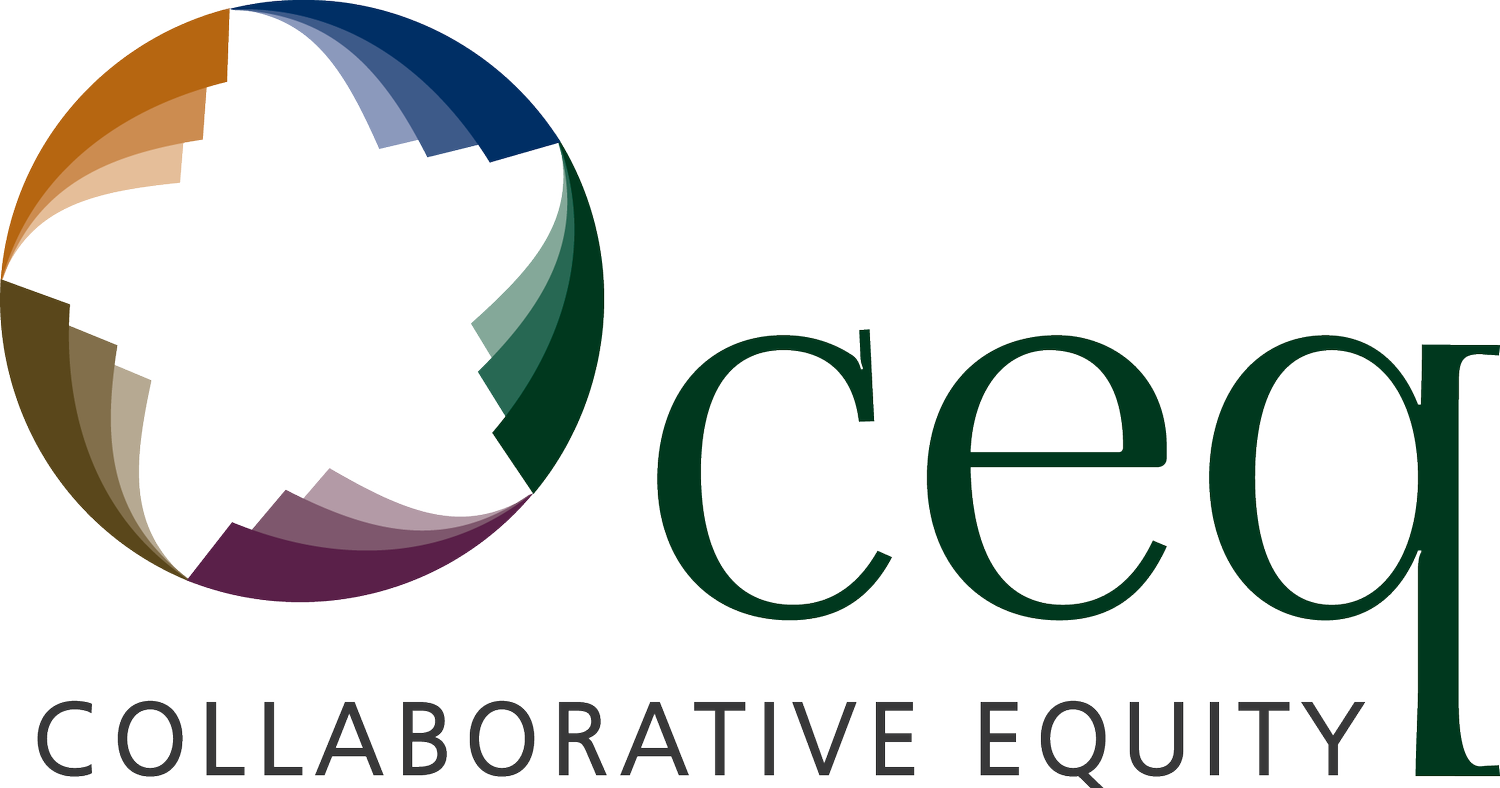What is Coaching?...
/Coaching is not a normal, everyday, superficial, ‘matey’ conversation…it is a structured dialogue, controlled by the coach, with a direction and an intent. Furthermore, it is an adult, professional, authentic discourse on the crucial business issues. Transactional Analysis (TA) teaches us that in relationships with others, people play one of 3 roles – PARENT, ADULT or CHILD. Too many times at work we are trying to be the parent – the caring leader with greater wisdom and experience than those for whom we have responsibility. However, when we play the parent, the other person is almost bound to play a child. The child may of course be compliant and well behaved, which will get a reward from us, or the child may be disruptive and.......well, childish. So we should be aiming for a real adult-to-adult dialogue. How much more efficient, and how much more rewarding.
If directing is all about control, coaching is all about growth.
Directing is giving people our solutions. Coaching is the opposite – not giving solutions but getting the other person to perform to their best; finding methods and processes and structures that enable others to come to their own solutions and choose their own actions. The purpose of coaching is to realise people’s full potential whilst holding them accountable for results. The process of coaching is to help people to come to a position of total clarity and maximum commitment for what they need to do. The by-product of coaching is the transfer of your knowledge and experience in the process.
We must liberate ourselves from the belief that we know what is best for others; that we help people best by taking decisions for them, and that we care for them best by exercising responsibility on their behalf – paternalism may have noble motivations, but it creates dependent children not empowered adults.
Once we understand all this, we are freed from having to rely on our old habits, and we gain permission to behave as a Coach, however unskilled or clumsy we may be at it.
Coaching is a leadership intervention that creates raised performance and a different outcome
1. Facilitate different thinking
2. Motivate committed action
3. Embed new long term habits
It may be daunting to think about starting to coach people. However if we think of coaching as simply a leadership intervention – a one off act that can make a real difference - we may just give it a try.
As a one off intervention, what we are doing when we coach someone is to be their structure to allow them to think differently. If they are stuck and genuinely don’t know what to do next, then their thinking is blocked and they need help to think differently. When we have facilitated this different thinking, we then need to have them reach a new level or place of commitment to action.
And in doing this not once but many times, we achieve the added bonus of embedding in them new long term habits, so that they manage themselves and coach themselves into greater self awareness and more choices of thought process or actions.
We should not be hesitant about challenging a person with a potential meaning for them to fulfill. It is only thus that we evoke their purpose from its state of latency. A Coach moves someone from latent to active.
A Coach is an eye specialist, not a painter. A painter tries to convey to us a picture of the world as they see it, or more often as they want us to see it. An ophthalmologist helps us see the world as it really is through our own eyes.
As a coach my prime role is to help you perform at your peak, more often than you do without me, and in doing so to help you extend your peak beyond what you believe it to be and beyond any level that you have yet achieved.
As a Coach I must both lay down and adhere to strict boundaries between us in our relationship of coach and client. Leaders need to create clear boundaries (as well as clear roles and responsibilities). There needs to be a clear, and almost physical distance between leaders and followers, without the leaders becoming aloof, detached or unapproachable. The dynamic needs to be clear that a target is unchangeable; that a task or responsibility will not be bought back by the leader once accepted by the person.
Those boundaries are as much about our behaviour as they are about our peoples’
Our boundaries are as follows:
• Share the problem not the ideas
• Share the facts not the solution
• Share guidelines not decisions
If we discipline ourselves to live by these boundaries, we will educate people very quickly that they are accountable, and that we are here to coach them, not to solve their problems for them.
Article excerpted from “And The Leader Is….” and “Corporate Emotional Intelligence…” by Gareth Chick
About the Author:
Gareth Chick is a 40 year corporate veteran with a global profile. His career has included hugely successful spells as CFO, CEO and Chairman in both public and private sectors, including private equity. What makes Gareth's experience unique is that he combined those executive roles with a part time career as a leadership trainer, researching psychology, neuroscience and psychotherapy to create leadership development programmes used now by many major global corporations. In the last 15 years Gareth has trained over 5000 managers and served as Executive Coach to over 200 senior execs including FTSE100 CEOs and Fortune 500 VPs. As Founder of Collaborative Equity LLP, “promoting corporate cultures and sustainable business models of shared ownership, shared responsibility and shared rewards", Gareth acts as consultant to many global leaders, specialising in first time CEOs and Start Up founders. ↠ find out more at ceq.com
Recommended Articles:
Believing in People - Gareth Chick
Human Potential - Gareth Chick
Coaching vs. Directing - Gareth Chick




